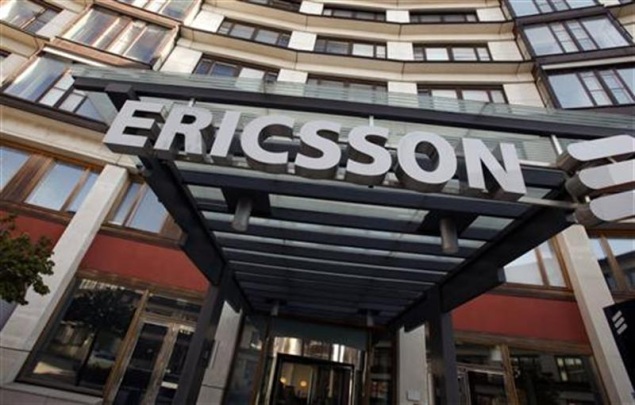Govt tweaks cargo support policy to help Indian shipbuilders
Bangalore:
Ships that are manufactured and registered in India will be given first
preference for moving cargo on local routes, according to a government
policy change aimed at boosting the sales of Indian-made ships
The country’s coastal trade is reserved for Indian-registered ships
and foreign ships can be hired to operate in Indian territorial waters
only when Indian ships are not available—that too with the approval of
India’s maritime regulator.
So
far, in a public tender, an Indian ship (owned by Indian entities and
registered in India but not necessarily built in India) has a so-called
right of first refusal to match the lowest rate quoted by a foreign
flagship and take the contract, according to rules set by the
directorate general of shipping (DGS) to develop the local shipping
industry.
If
the right of first refusal is not exercised by Indian-registered ships
that are not built in India, then preference was given to foreign
registered ships that were manufactured in India, followed by ships
purchased by Indian citizens, companies or co-operative societies
through a so-called bare boat charter cum demise (BBCD) route, in that
sequence.
Now,
the government has added a new category of ships to this list—Indian
built, Indian flag vessels—that are eligible to get first preference for
the right of refusal for carrying Indian cargo.
“The
committee of secretaries, Government of India, had considered a proposal
of the ministry of shipping for initiating policy measures for the
promotion of Indian shipyards and on an examination thereof agreed that
the modality of exercise of right of first refusal should be amended
under such circumstances to include the category of Indian-built Indian
flag vessels, followed by Indian flag vessels for the purpose of such
licences,” G.L. Singh, joint director (shipping development) in the DGS, wrote in a 21 November circular, a copy of which has been reviewed by Mint.
The
change in the eligibility criteria for exercising the right of first
refusal will potentially create a reliable market for local shipbuilders
by incentivizing the purchase of ships manufactured by Indian
shipyards, said a spokesman for the Shipyards Association of India, an
industry lobby.
The idea is to encourage a “Buy India” framework for ships.
Such a
policy is followed in the US, Brazil, Indonesia, among others, he
added. The Jones Act mandates that all goods transported by water
between US ports be carried on US flag ships that are built in the US,
owned by US citizens, and crewed by US citizens and permanent residents.
Indian shipbuilders have been facing a tough time since September 2008
after the global liquidity crunch and the recession cut demand for trade
and, in turn, for ships.
A boom-time prior to that had attracted firms such as Larsen and Toubro Ltd and Pipavav Defence and Offshore Engineering Co. Ltd, to enter shipbuilding and led existing players such as Cochin Shipyard Ltd, Bharati Shipyard Ltd and ABG Shipyard Ltd to expand capacity.
While commercial orders have dried up, shipyards are banking on naval orders to stay afloat.
“It’s a half-hearted measure, (taken) without knowing the ground realities,” said T.V. Shanbhag, a Mumbai-based independent shipping consultant and arbitrator.
“It’s
not going to benefit ship owners or shipyards. There are hardly any
Indian-registered bulk carriers, tankers and container ships doing
business that were built at Indian yards. By putting such restrictions,
fleet owners will be forced to build their ships at Indian yards where
construction costs are much higher compared with the price offered by
Chinese and Korean yards,” he said.
The
policy change will, however, benefit Indian entities that own vessels
used for supporting oil exploration activities. Many such ships run by
Indian owners were built at Indian yards. “But those Indian ship owners
whose off-shore oil exploration support vessels, including rigs, were
built at overseas yards will lose out because of this policy change,”
Shanbhag added.
BBCD
is a form of financing ship purchases. Under this hire-purchase scheme,
the acquisition is typically done by paying a fourth of the total cost
of the vessel as down payment while the balance is paid in instalments
over the next five years out of the revenue earned from operating the
ship.
During
the lease rental period, the ship has to fly the flag of the country
from where the acquisition is made. On completion of the lease rentals,
the ownership of the vessel is transferred to the Indian entity which
hired the vessel, and the ship becomes an Indian flag carrier thereafter






 Colour Control and
Colour Control and 



